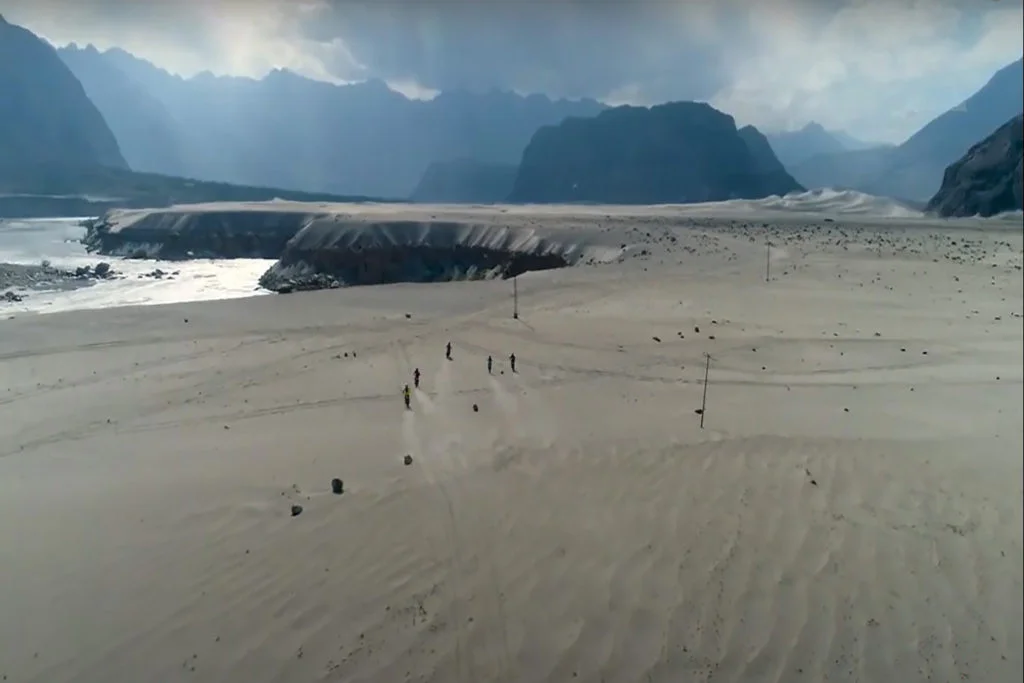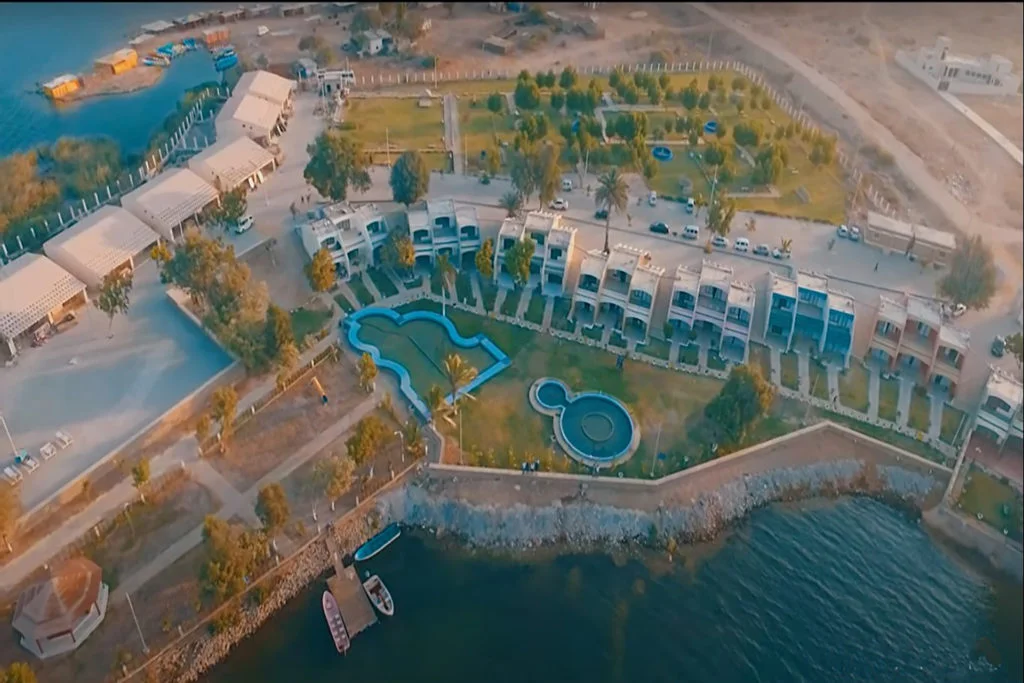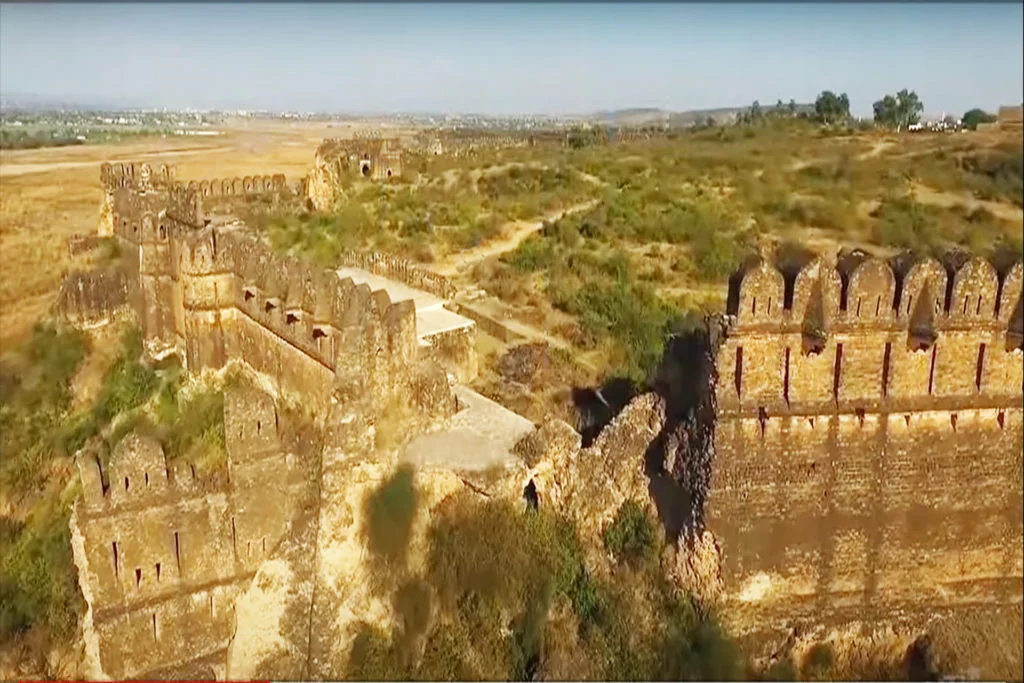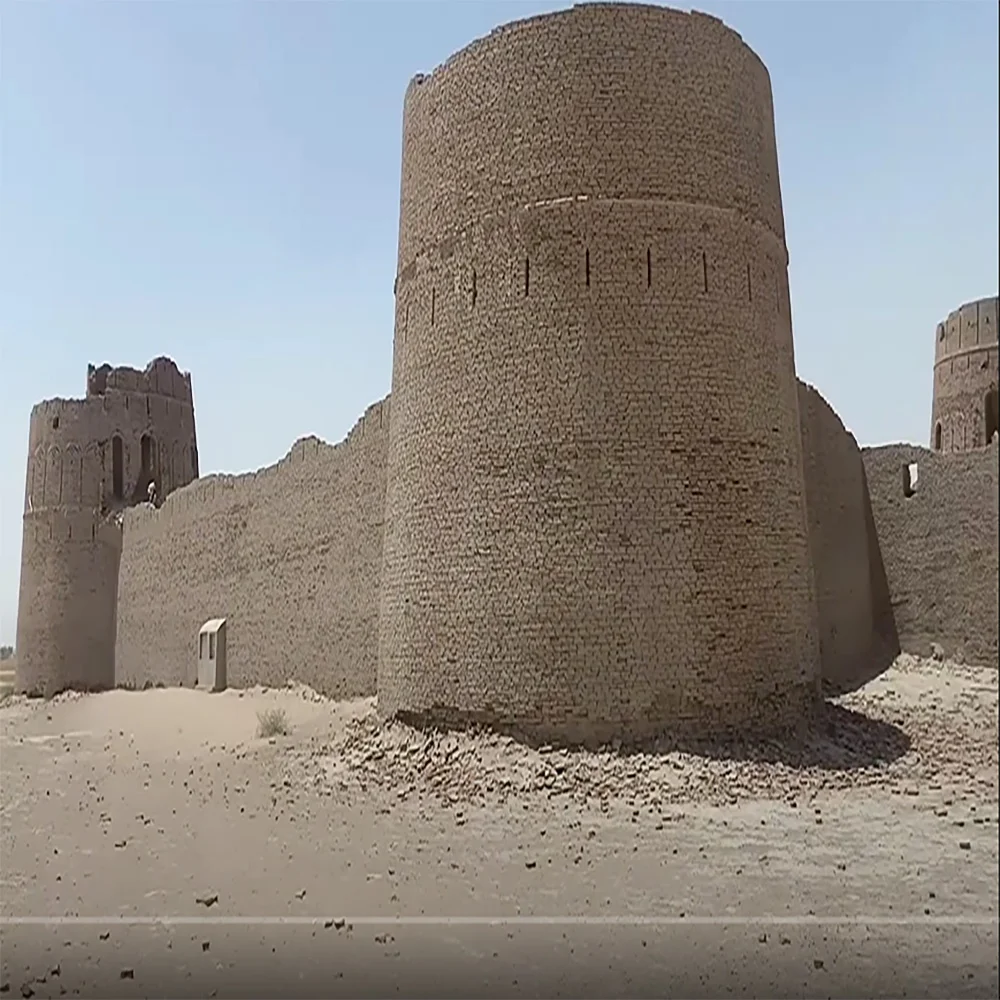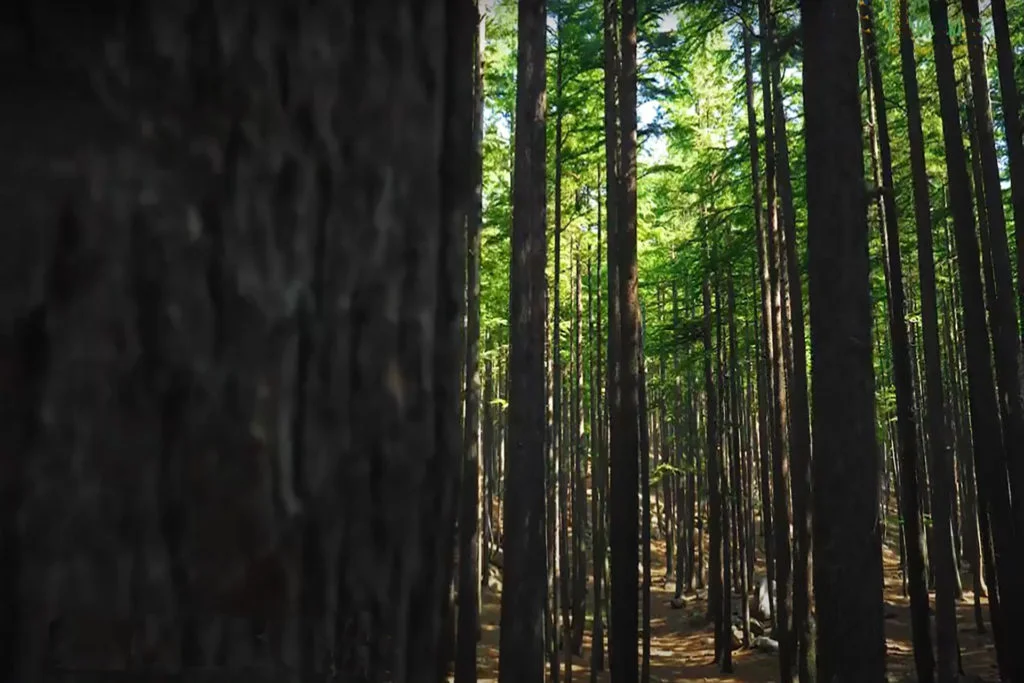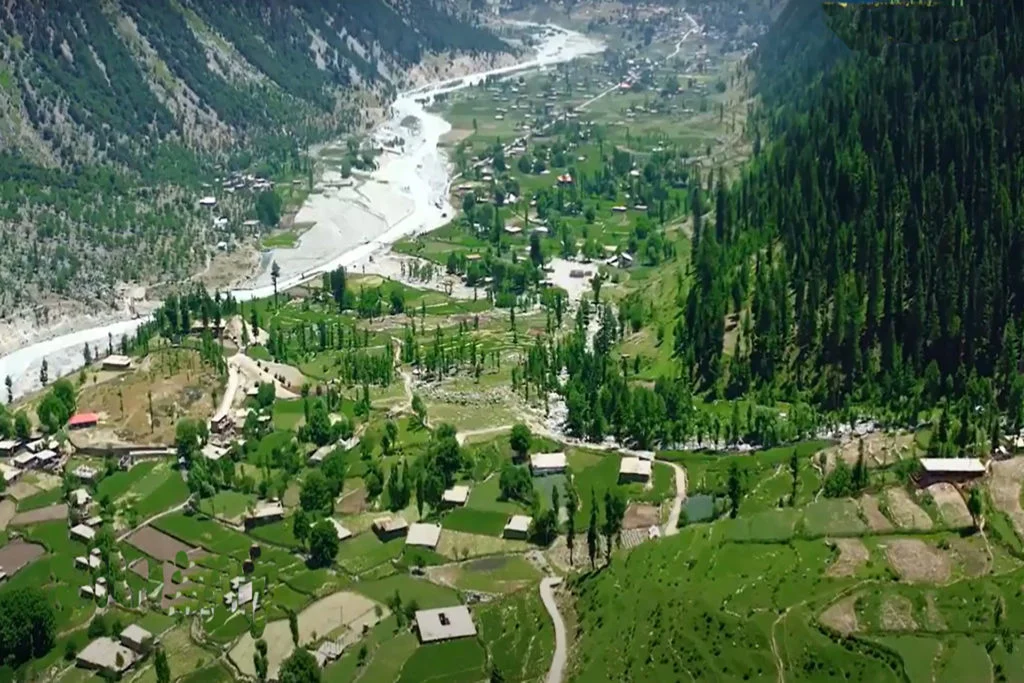U-shaped valleys, also known as trough valleys or cold troughs, carve their distinctive frame within mountain ranges around the world, standing as silent confirmation of the terrifying powers of glaciation. Not quite like the V-shaped valleys carved by waterways, these valleys show a characteristic cross-section following the letter ‘U’, featuring steep, straight sides and a level or adjustable bottom. Is.
The creation of these valleys is a complex process between time and characteristic forces, spanning geological periods, tens of thousands of years long. Ice sheets, huge bodies of ice, act as performers, bending and sliding with enormous weight and progress, checking themselves as they arrive through the intense activity of scouring.
As the ice sheet moves, it carves into the landscape, reshaping the valleys it navigates. Thick snow applies enormous weight, dissolves and erodes the encircling landscape, shells protected surfaces, and carves out a canyon characterized by wet sides and a broad, level floor. This allegorical shape originates from the erosional barriers of the glacier that advertise the most notable resistance to its flow, which falls in an area that reduces friction.
The handle of U-shaped valley management is not the same on all terrains. Various variants exist, with two essential models representing the variation. The rough mountain show, attributed to the elevated cold valleys, shows the general uplift effect on the valley. In contrast, the Patagonia-Antarctica show, which deals with continental ice sheets, generally shows a broad influence on the surrounding landscape.
Evidence of proliferative glacial cycles within these valleys, particularly on their broad, flat floors. Cold features such as valley steps and deepening, traversing tens to hundreds of meters deep, testify to periods of ice aggradation and relapse. These topographical markers are inevitably filled with channels, giving rise to fields or reservoirs, often referred to as fjord lakes or valley lakes, exemplified by the Gjende and Bandak lakes in Norway. Meets the donor districts.
During cold periods, small tributary valleys merge with the main valleys, emerge behind hanging valleys, forming high terraces at trough dividers after ice removal. Nonconformist streams, formed by ice and snow on the mountains, cascade into these U-shaped valleys, creating spectacular waterfalls.
Additionally, these valleys contain remnants of glacial activity, often seen in the form of moraines—natural structures that contain a lot of silt and ice until transported by a retreating glacier.
The perfection of the U-shaped canyon regularly ends in an emotional ‘trough end’ or ‘trough head’, characterized by unexpected shake dividers and spectacular waterfalls. This characteristic exposure emerges from the confluence of small ice masses to form a large, coherent glacier.
The U-shaped valleys, attesting to the majesty of geologic forces, tell the story of glaciation’s persistence within their water-soaked dividers—a story carved into the unusual soil structure, which is the result of time. Reveals the fractional and radiative changes that shape our planet’s landscape.

